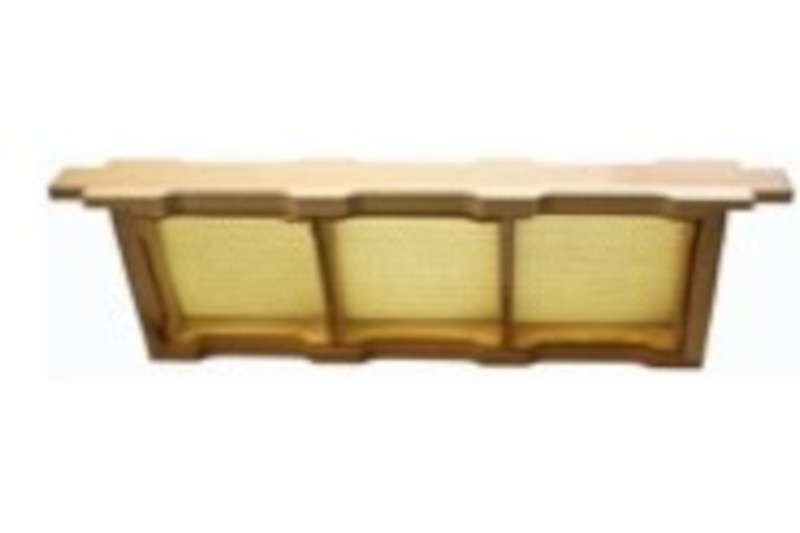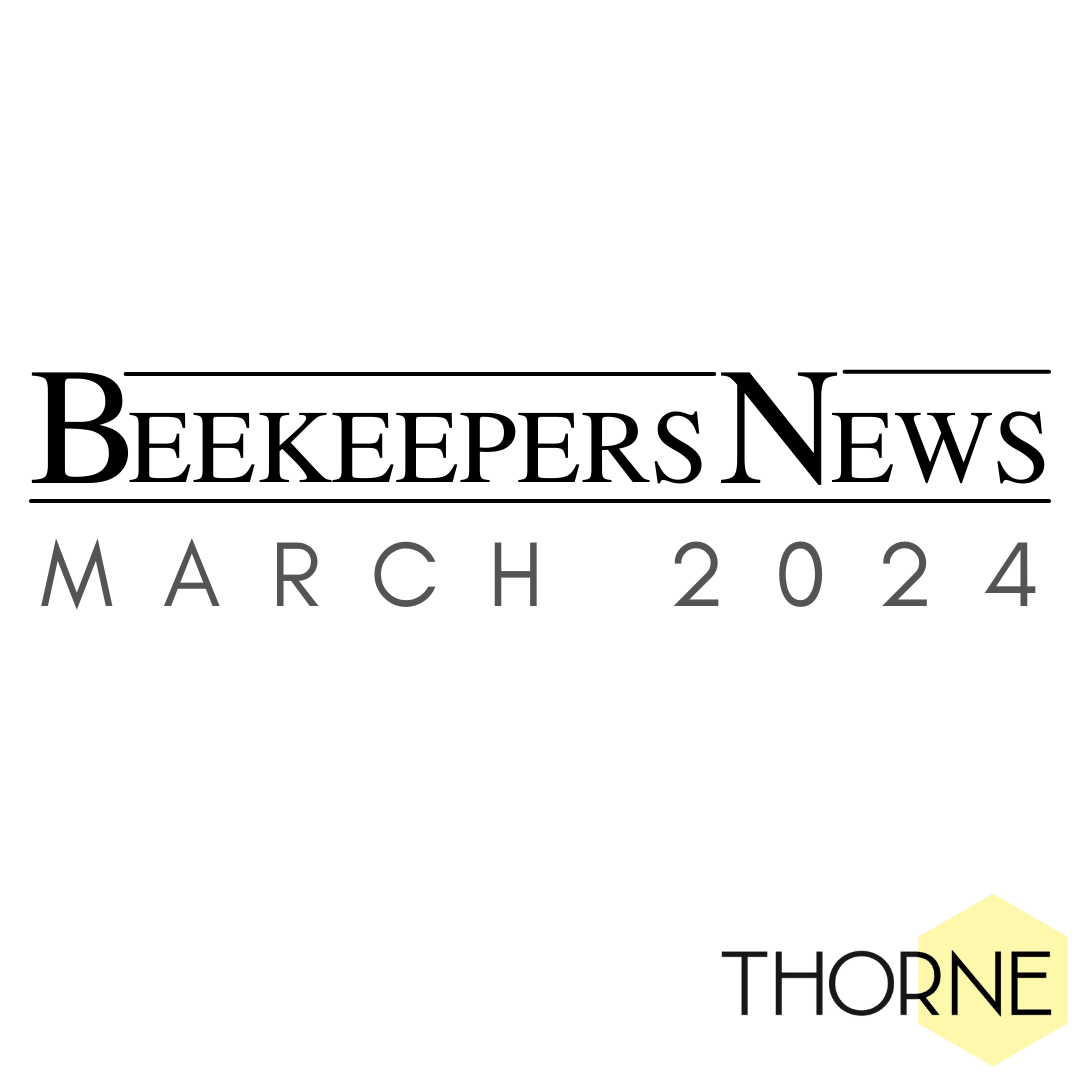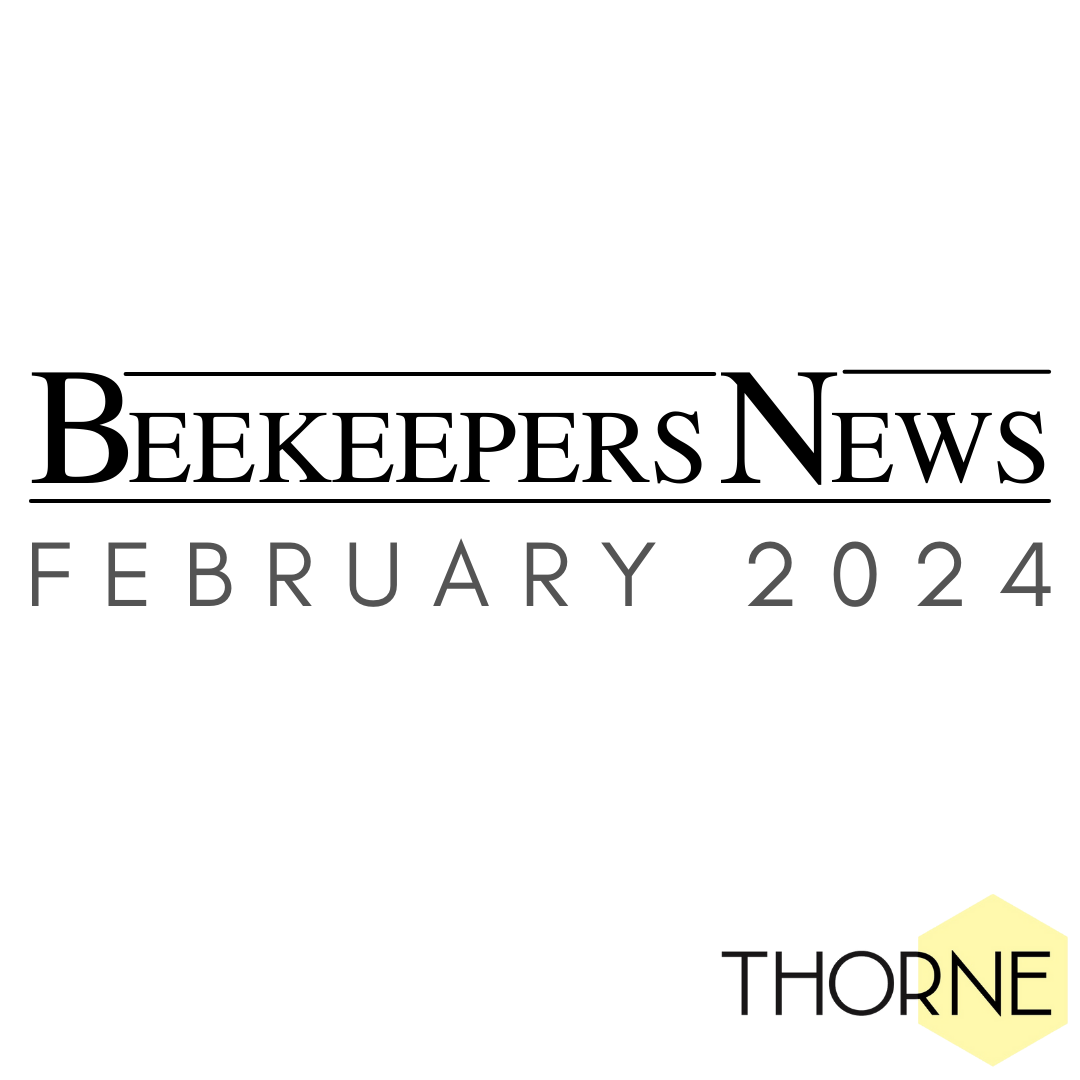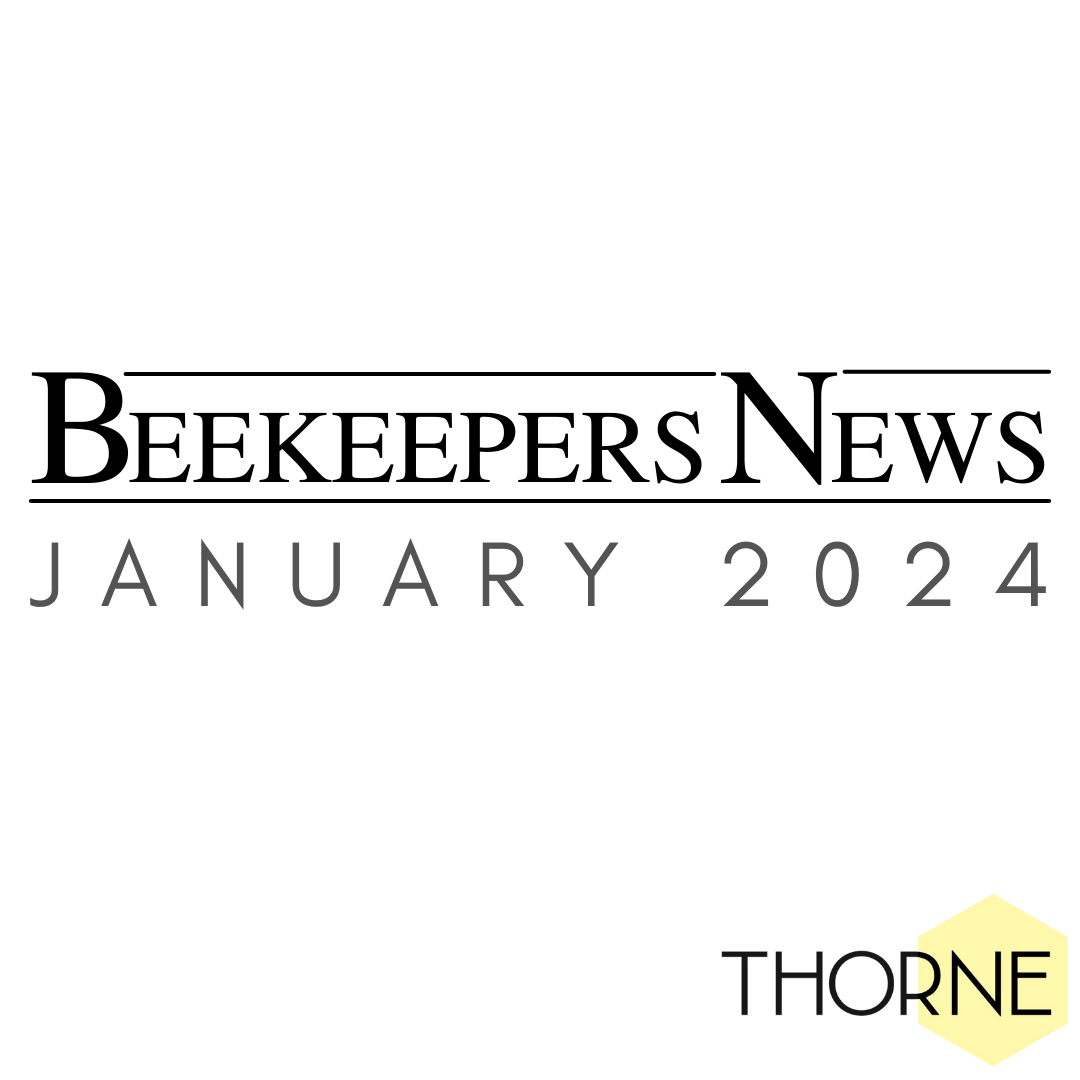June Roundup
This month we want to say a massive thankyou to all our Thorne staff. During the last few months they have put in an almighty effort under some challenging conditions in a very busy beekeeping season. We are despatching most orders within a couple of days, and that includes frames and foundation. Even assembled hives, which are all manufactured in our Lincolnshire factory, are normally despatched under a week.
Our Rand, Devon and Newburgh shops are now open with social distancing measures in place. Only one customer (or family group) at any one time in our Devon and Newburgh shops and two customers in our Rand shop. Windsor is open for click and collect only and Stockbridge for ad-hoc click and collect sessions. The next one of these will be Thursday 9th July 9am-1pm. Our restaurant at Rand will re-open on the 6th July.
We are now on Instagram! We will be using this new page to showcase our equipment, including some new and exciting projects! During the next few weeks, we will show you round our workshops, wax plant, shops and grounds. Hope to see some of you there!
We have taken the decision to cancel all of the branch sale days this year. In their place we will be holding an online sale, starting on Monday 31st August through to Monday 14th September. Orders over £100 will be carriage free to the UK and you can also order to collect from one of the branches. The sale will include second quality hive parts, frames and other key beekeeping equipment. We will have a limited number of third quality hive parts available. These are limited in number and will be available to order for collection only. Numbers per person will be strictly limited.
Keep an eye out for more information soon.
Equipment Focus…
Sections – What are they and What do I need?
Understanding sections can be confusing as they are not something we use as standard anymore.
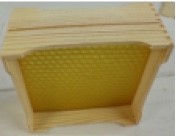
This month has also been a time of planning and looking forward to what we would like to achieve for next year. In addition to the British Standard and 14 x 12 nucs, we are preparing a small line of Langstroth hives so that we can supply Langstroth nucs next year. This has taken some thought and effort, as with starting any new line, the frames are different sizes and the foundation needs to be drawn out before the frames can be used properly by the bees for storing food and rearing brood. This means that the bees need to be put onto the foundation and only a strong colony of bees would be able to draw this out and really get going on them this year. Artificially swarming colonies onto foundation is one way we have started to achieve this. As you can see, we have got all the equipment ready to put the bees into Langstroth hives, we just need to set the hives out in a way we would like them and get the bees in!
Irish sections – When laid out flat before being made up into a square, they have 3 split sides. This allows you to use one length of wax and put the section squares around the wax. This is said to be a stronger way of doing sections. English sections – When laid out flat before being made up into a square, they have 1 split side. This design uses just the wax squares for individual squares. The one split side is used to hold the wax in the square at the top. Whichever design you decide to use, the sections once made up, go into a section rack and should fit tightly in there.
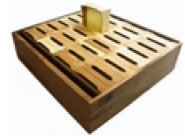
If you didn’t want square sections, you could always try the round sections. These use the 4 section length wax to provide 4 round sections per ‘frame’. Bees seem to like the round sections more as there are no difficult corners to fill. Please note that these can only be used in a section rack, not in a standard super.
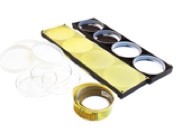
Alternatively, you can use hanging sections. These can be placed in standard supers and take up the space of two normal frames. These take three English sections with wax section squares. A hanging divider should be used to separate the frames and make sure that brace comb is not built in between them. All the section wax, including the squares, 3 section length (for Smith, older WBC racks, Irish CDB hive) and 4 section length (for National, Langstroth, Dadant and WBC) is thin super wax. This means that the wax is extra thin and unwired, made especially for cut comb. Using normal unwired wax will be thick and result in a rather unappetizing chewy cut comb. It sounds complicated but if you decide on what is compatible with your hive, what shape you would like the sections to be and what kind of budget you are on, you may find this helps to narrow down what pieces of equipment you need to achieve your very own delicious cut comb.
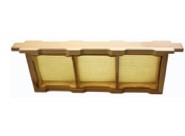
Rectangular Double Stainless Steel Strainer
Rectangular Double Stainless Steel Strainer A new item we have this month is this handy rectangular double stainless steel strainer. With extendable arms, to a maximum width of 540mm, this strainer fits on most size tanks. Coarse mesh has an aperture of 1mm and the fine 0.5mm. Depth of top strainer is approx 55mm.
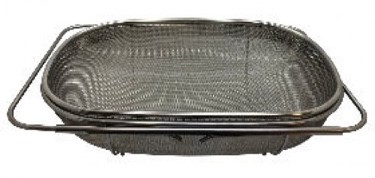
Fits nicely on a rectank or a 40kg tank. Price is £25.
Apivar
Are you thinking about autumn treatment yet or tryiong to decide whether to leave those last supers on for the bees to overwinter? If so consider using Apivar.
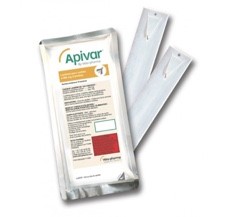
Apivar is the European varroa treatment of choice and is exclusively available from ourselves. In packs of 10 strips. Each pack will treat five hives, each strip is 210x40mm wide and therefore fit neatly between the frames without having to be cut or bent as with Apitraz strips. The active ingredient is Amitraz which paralyzes the varroa mite causing it to fall off the bees.
One single application has efficacy up to 99% and there are no temperature constraints as there are with MAQS and other products. It can be used at any time of year (supers with honey for human consumption must not be on the hives). The strips are left in for between 6 and 10 weeks depending on the size of the brood. Click through to our website for more information and how to apply and use Apivar. Not to be confused with Apitraz, which is a totally different formulation and has a shelf life of only 12 months. Apivar has a shelf life of 24 months.
Bees for Development Update
Our normal work, like everyone else's, has been much affected by Covid. Nevertheless our wonderful colleagues in Ethiopia have focused on planting 32,000 trees, and managed to run training sessions for small numbers of people in their district. Also, 530m of fencing was placed to protect an area that has been badly degraded. The local community did all the labour, giving a real sense of ownership - very important for long-term project success.
We plan to resume our beekeeping, skep-making and other UK courses soon: do sign up for the Bees for Development Newsletter at http://link.beesfd.org/newsletter Please help! If you or your organisation can support this work, please do: http://www.beesfordevelopment.org/give-a-donation/
National Honey Show
In these difficult times our thoughts are with our members, speakers, lecturers, workshop leaders and traders. Your safety is our first priority. It is our intention to review the situation mid July when more government guidelines are expected. Right now, we will carry on with our preparations but our advice to all of you, members, exhibitors, lecturers, workshop leaders, traders and our many friends, is to hold fire on making any plans or incurring any expenses until you hear from us in July. We value the loyal support of all of you who love ’The National’. Together we will get through this.
Please monitor our website www.honeyshow.co.uk for the latest information and updates.
In the meantime, please enjoy the 50+ lectures that are available from our past shows free of charge on the National Honey Show Youtube Channel.


